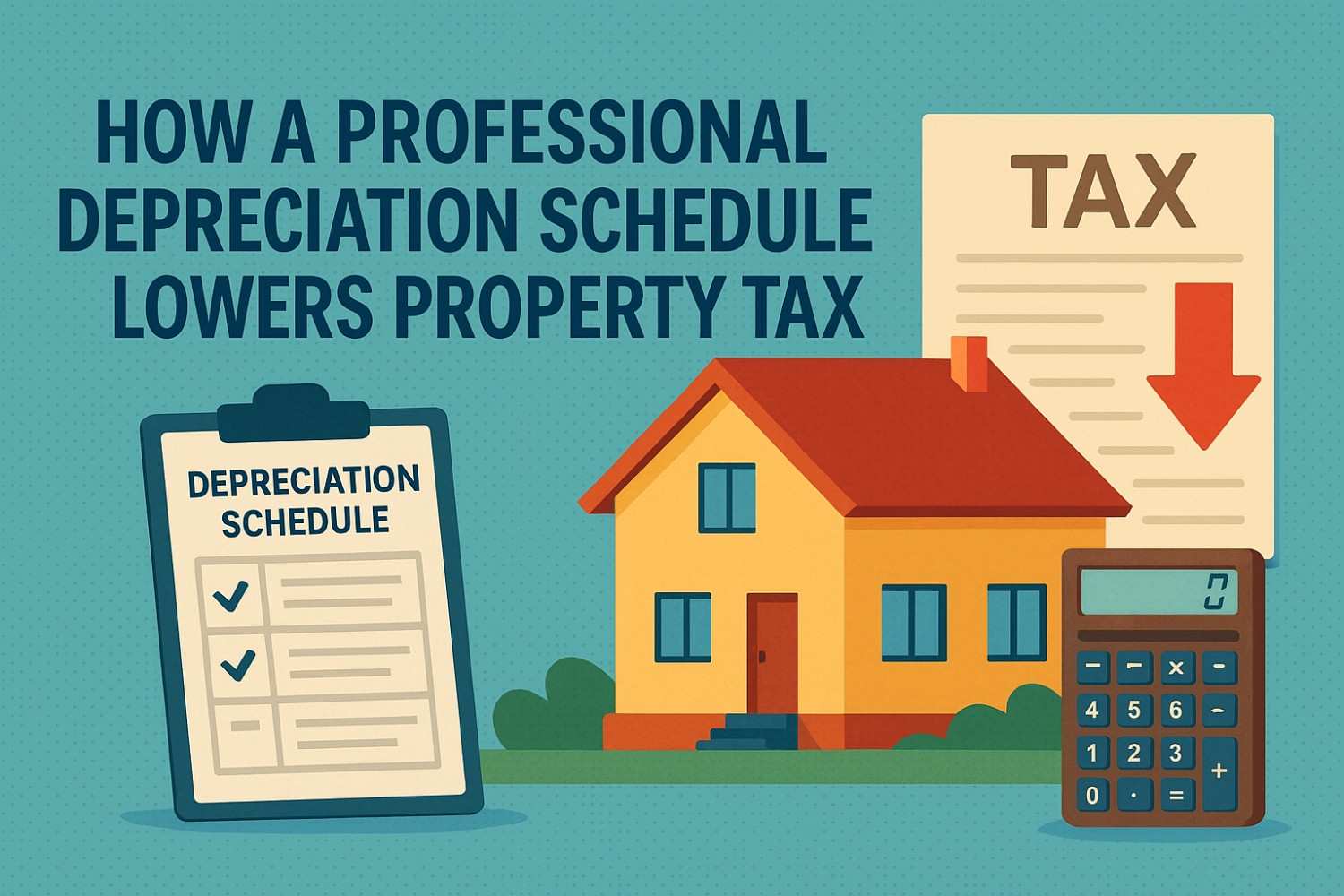Property investment serves as a stable and rewarding avenue for financial growth in Australia. Every investor aims to manage taxes efficiently and maximise returns. One effective way to achieve this is through a depreciation schedule, which outlines how a property and its assets lose value over time. This approach enables investors to claim deductions and enhance their yearly cash flow.
Understanding what is a depreciation schedule allows property owners to identify eligible components for tax deductions. It divides the structure, fittings, and fixtures into claimable categories that reflect wear and tear. When handled professionally, this report ensures compliance with Australian Tax Office (ATO) guidelines and sets a clear foundation for accurate, long-term deductions.
Why Professional Preparation Matters
A professional depreciation report ensures accuracy and compliance with Australian Tax Office (ATO) requirements. Experts assess each asset and provide a detailed breakdown of deductions based on its effective life. Their technical knowledge ensures that no eligible item is overlooked.
This professional approach also protects property owners during audits. It adds credibility to tax submissions and prevents errors that could affect deductions. A verified report maximises financial benefits and safeguards compliance.

Key Components Of A Depreciation Schedule
A depreciation schedule divides the property into capital works and plant and equipment. Capital works cover long-term structural elements like walls, roofs, and foundations. These assets depreciate slowly over several decades.
Plant and equipment assets include items such as air conditioners, blinds, and carpets. Each asset type has its own depreciation rate, which professionals calculate based on ATO guidelines. A precise report helps investors identify yearly tax claims without confusion.
Immediate And Long-Term Tax Benefits
Depreciation provides immediate financial benefits by lowering taxable income. These deductions help increase cash flow and reduce the overall tax payable for that financial year. The cost of preparing a professional schedule is also deductible, creating an additional advantage.
In the long term, consistent depreciation claims improve property investment returns. They allow investors to retain a larger portion of their rental income. Over time, this contributes to stronger cash flow and more sustainable portfolio growth.

The Role Of Updates And Adjustments
Property renovations or upgrades can affect depreciation claims. Updating the depreciation schedule ensures that new assets are included and deductions remain accurate. A professional review captures every new element added to the property.
A current schedule prevents missed opportunities for deductions. Regular updates ensure compliance and maintain accuracy in future tax returns. This process supports continuous financial optimisation across the property’s lifespan.
How To Get The Most Out Of Your Schedule
A well-prepared depreciation schedule delivers the best results when supported with accurate details. Construction costs, renovation records, and purchase invoices all improve the quality of the report. Providing complete data allows professionals to assess each item correctly.

Below are key actions to maximise tax benefits from a depreciation schedule:
- Provide Detailed Property Information: Share building dates, construction costs, and improvement details for accurate calculations.
- Keep Records of Upgrades: Document every renovation or replacement to include new assets in future claims.
- Seek Professional Assistance: Engage qualified specialists to ensure compliance with ATO standards and accurate reporting.
- Review the Schedule Regularly: Update the report after property improvements or changes to maintain full deduction eligibility.
- Integrate Depreciation With Tax Planning: Combine depreciation with other deductions such as loan interest or maintenance costs to strengthen financial results.
A professional depreciation schedule gives investors a practical way to manage property-related tax obligations effectively. Understanding what is a depreciation schedule helps property owners recognise every eligible deduction and apply it with accuracy. When reviewed and maintained properly, this report reduces tax burdens, supports financial compliance, and enhances the long-term value of property investments.










